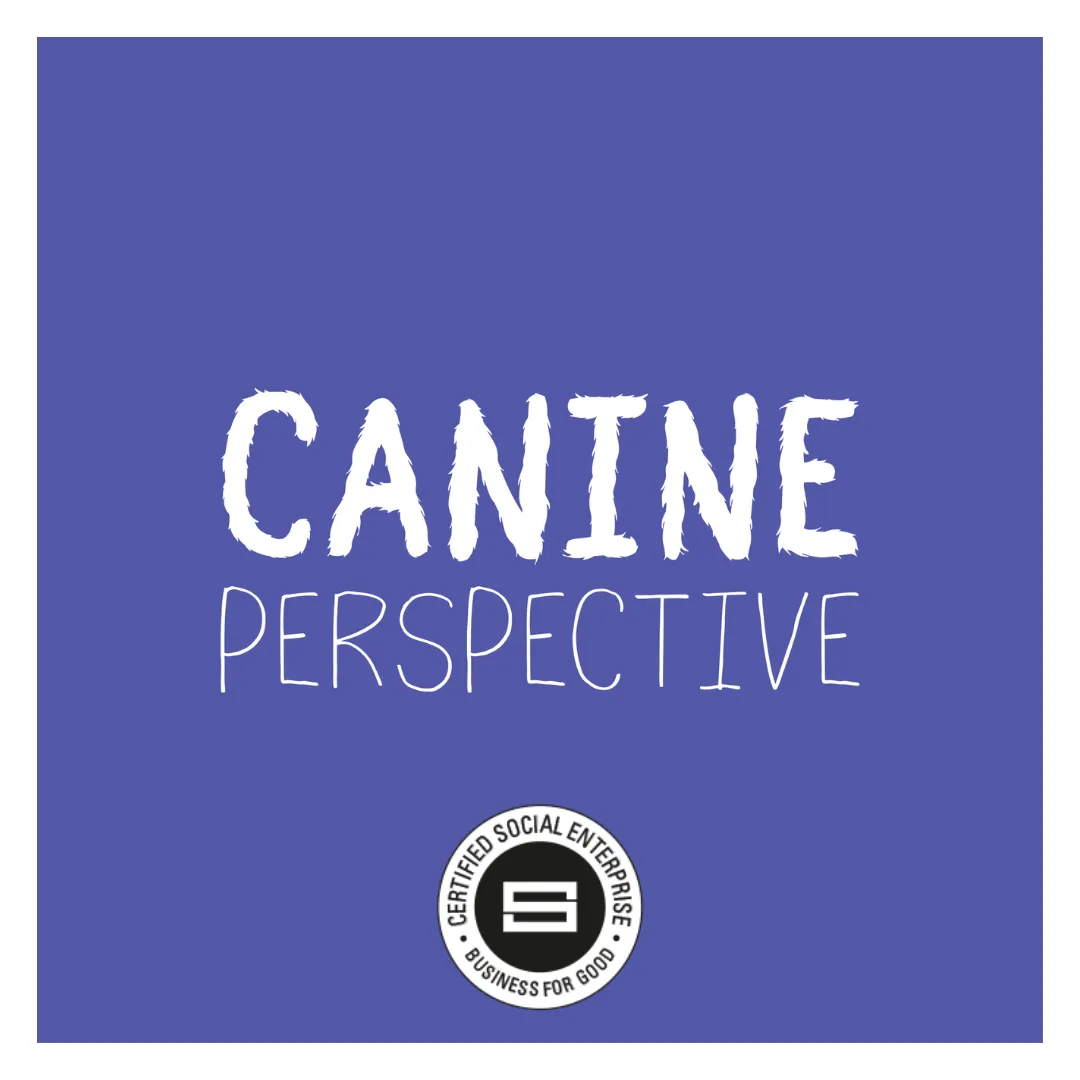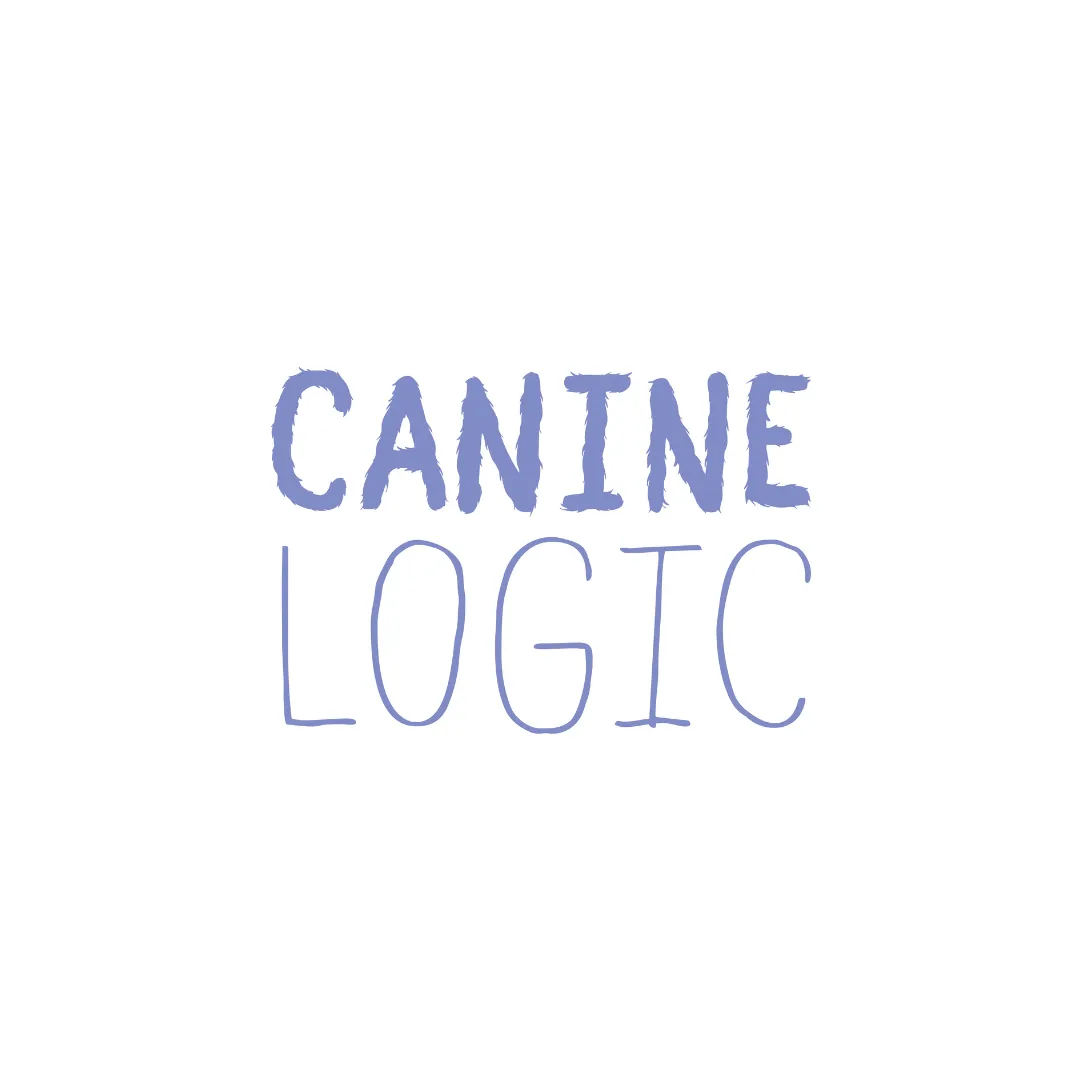

Canine Perspective CIC exists to empower women through the transformative journey of learning with and from rescue dogs, unlocking resilience, personal growth, and impactful leadership.
By embracing the lessons our dogs offer, we nurture women who lead with authenticity, compassion, and strength. This unique bond equips women to navigate life’s challenges, enhance their wellbeing, and drive meaningful change in all areas of their lives.
We believe that by learning with and from rescue dogs, we unlock our own potential as leaders, creating a ripple effect of empowerment, resilience, and transformation.
Please get in touch with Marie on [email protected]

We’re fully booked until the end of the year, but in 2026 we’re launching an exciting opportunity for force-free dog trainers and behaviourists to get involved in our mission.
Follow us on Instagram to stay connected, we’re busy running workshops and preparing to share our next adventure with you. Canine Perspective CIC is growing, and we want you to be part of it!



Copyrights 2025 | Canine Perspective CIC™